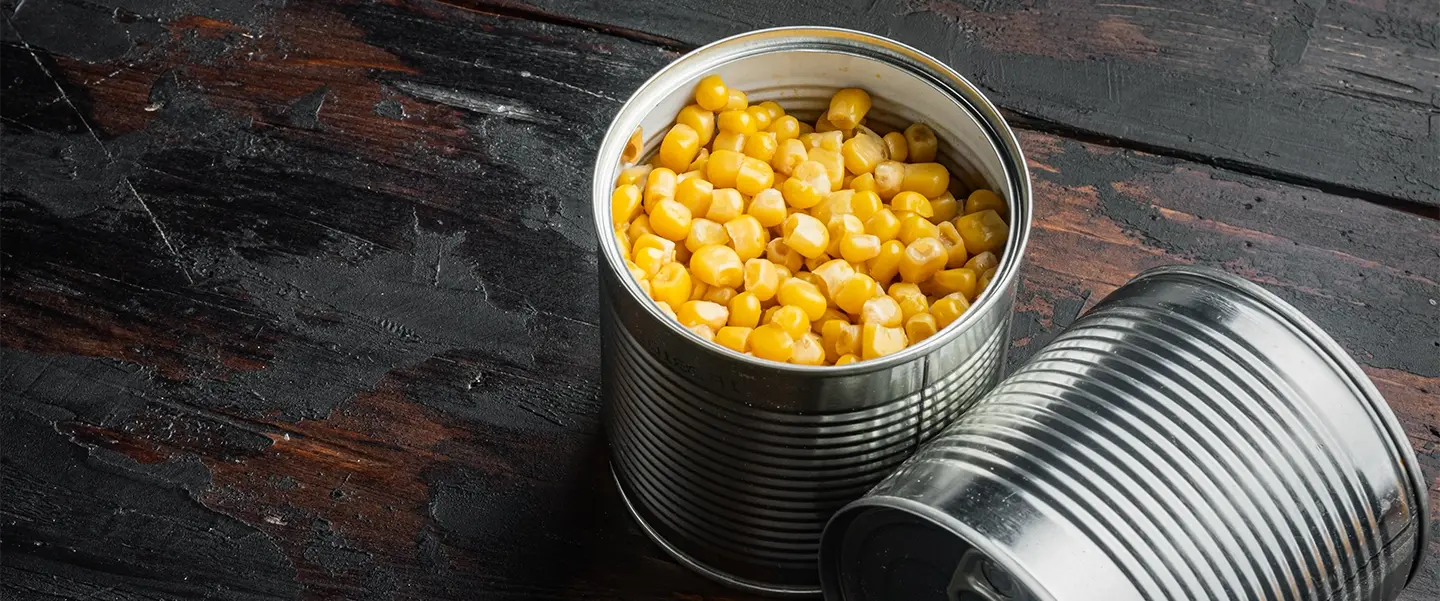
Slow and Low: The Art of Braising and Simmering for Tender, Flavorful Fare
Introduction:
In the realm of culinary mastery, few techniques rival the art of braising and simmering. Often described as “slow and low,” these methods involve gently cooking food in flavorful liquids over an extended period, resulting in dishes that are tender, succulent, and bursting with rich flavors. In this blog, we’ll explore the time-honored traditions of braising and simmering, uncover the secrets behind their success, and discover how they can elevate even the humblest ingredients to gourmet heights.
1. The Essence of Braising and Simmering:
Braising and simmering are cooking techniques that rely on gentle heat and moist environments to transform tough cuts of meat, root vegetables, and grains into culinary delights. Unlike high-heat cooking methods that quickly sear or grill ingredients, braising and simmering coax out flavors slowly over time, resulting in dishes that are infused with depth and complexity.
2. The Braising Process:
Braising involves searing food in fat, and then simmering it slowly in a flavorful liquid until it becomes tender and succulent. The process begins by browning the main ingredient—often meat or vegetables—in a hot pan to develop rich caramelization and Maillard reactions, which impart depth of flavor and color.
3. Choosing the Right Ingredients:
Braising is particularly well-suited to tough, collagen-rich cuts of meat, such as beef chuck, pork shoulder, and lamb shanks. These cuts benefit from slow cooking at low temperatures, which breaks down tough connective tissues and renders them tender and juicy. Root vegetables, such as carrots, onions, and celery, also shine in braised dishes, adding sweetness and complexity to the sauce.
4. The Role of Liquid:
Liquid is a crucial component of braising, providing moisture and flavor to the cooking environment. Common braising liquids include stock, wine, beer, and tomato-based sauces, which infuse the dish with depth and complexity as they reduce and concentrate during cooking. The choice of liquid depends on the flavor profile desired for the dish, with each adding its unique character to the final product.
5. Simmering: A Gentle Approach to Cooking:
Simmering is a similar technique to braising but involves cooking food in a liquid at a slightly higher temperature, just below the boiling point. This gentle method allows flavors to meld and develop slowly over time, resulting in dishes that are tender, aromatic, and harmoniously balanced.
6. The Versatility of Simmering:
Simmering is a versatile cooking method that can be used for a wide range of dishes, from soups and stews to sauces and grains. By controlling the temperature and cooking time, chefs can achieve precise results that highlight the natural flavors and textures of the ingredients.
7. Tips for Braising and Simmering Success:
- Use a Heavy-Duty Pot: A heavy-duty pot with a tight-fitting lid is essential for braising and simmering, as it helps to maintain a steady temperature and prevent moisture loss.
- Brown for Flavor: Take the time to properly brown the main ingredient before adding liquid. This step enhances the depth of flavor and color of the dish.
- Don’t Rush the Process: Braising and simmering are slow-cooking techniques that require patience and attention to detail. Resist the temptation to rush the process, as low and slow cooking yields the best results.
- Add Aromatics: Enhance the flavor of braised dishes by adding aromatic ingredients such as garlic, onions, herbs, and spices. These ingredients infuse the cooking liquid with complexity and depth.
8. Examples of Braised and Simmered Dishes:
- Classic Beef Bourguignon: This French dish features beef braised in red wine with aromatics and mushrooms, resulting in tender meat and a rich, flavorful sauce.
- Osso Buco: A traditional Italian dish made with braised veal shanks simmered in a savory broth until fork-tender, served with gremolata for a burst of freshness.
- Coq au Vin: A rustic French dish of chicken braised in red wine with bacon, mushrooms, and pearl onions, yielding tender meat and a luscious sauce.
9. Health Benefits of Braising and Simmering:
Braising and simmering are inherently healthy cooking methods, as they require minimal added fat and retain the natural nutrients of the ingredients. Additionally, slow cooking at low temperatures helps to preserve the nutritional integrity of the food, resulting in dishes that are both delicious and nutritious.
10. Conclusion:
In the world of gourmet cuisine, braising, and simmering stand as timeless testaments to the power of slow and low cooking. By patiently coaxing out flavors and textures over time, these techniques transform humble ingredients into culinary masterpieces that delight the senses and satisfy the soul. Whether it’s a hearty stew on a chilly evening or an elegant braised dish for a special occasion, the art of braising and simmering has the power to elevate any meal from ordinary to extraordinary.
